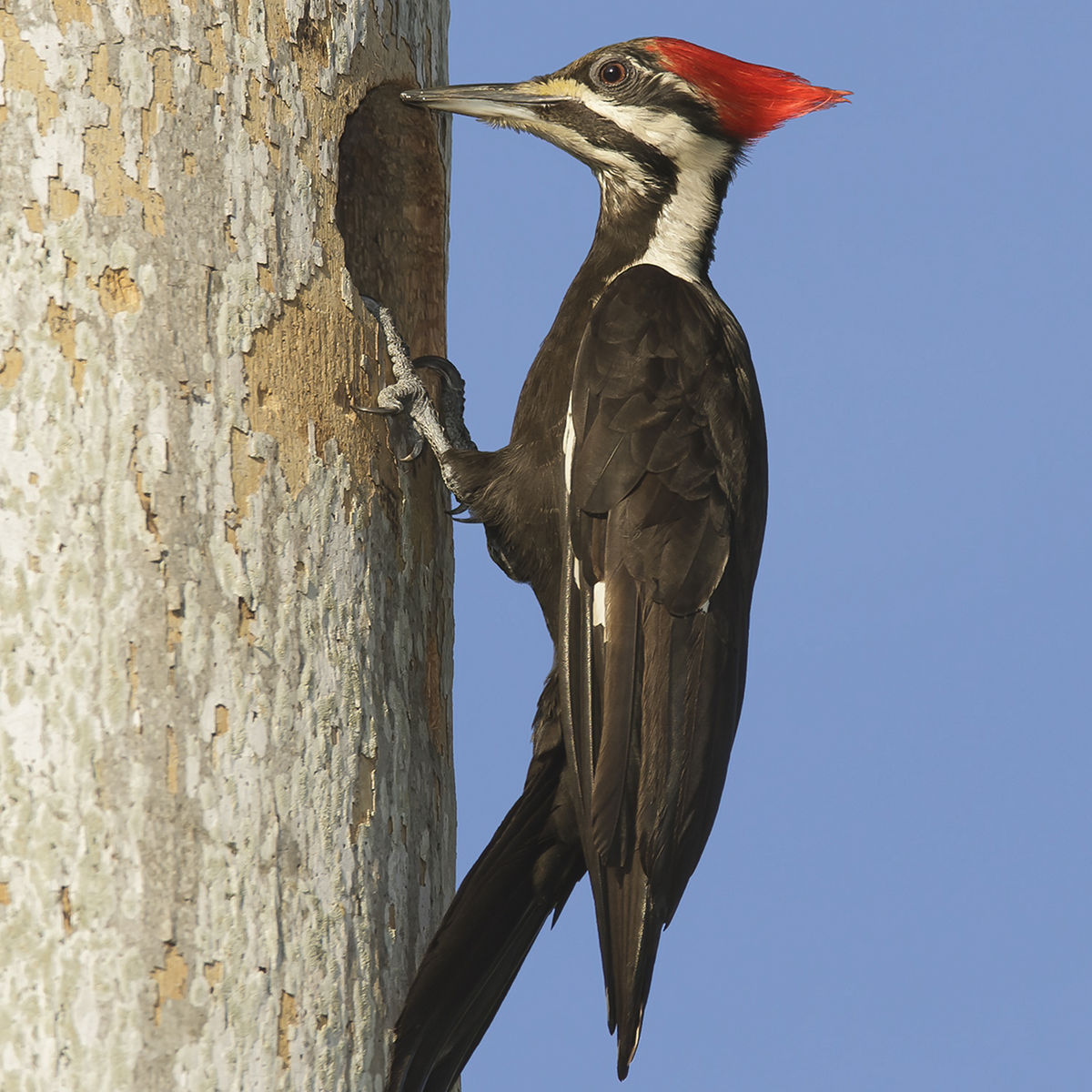Introducing the Tricks of Woodpeckers: Behavior, Habitat, and Extra
Woodpeckers, with their unique actions and specialized adjustments, have lengthy captivated researchers and nature lovers alike. These impressive birds have a range of interesting tricks that dropped light on their survival approaches, environment preferences, and complex interaction approaches. By revealing the secrets surrounding woodpeckers' habits and habitat choices, a much deeper understanding of these avian wonders emerges, providing a look into their remarkable world. So, what makes these birds absolutely exceptional, and just how do they browse their setting with such precision and skill? Allow's explore the exciting realm of woodpeckers and decipher the enigmatic information that make them such appealing topics of study.
Woodpecker Habits Insights
In analyzing woodpecker behavior, a fascinating display of specialized abilities and adjustments arises, losing light on their remarkable eco-friendly particular niche. Woodpeckers, known for their distinctive drumming on trees, have a range of behavioral attributes that add to their survival and success in their atmosphere.
Moreover, woodpeckers show a special feeding habits identified by their ability to extract insects from tree bark using their specialized beaks. Their long, barbed tongues aid in capturing prey, while their strong neck muscles supply security and accuracy during pecking movements. This feeding approach enables woodpeckers to gain access to concealed insect larvae and remove them with remarkable performance.
Environment Preferences and Selection
What elements affect the habitat preferences and selection of woodpeckers? One vital element influencing woodpecker habitat choice is the schedule of ideal nesting sites. Woodpeckers normally favor woodlands with a mix of mature trees that offer adequate opportunities for dental caries excavation.
Additionally, woodpeckers reveal a choice for habitats with a plentiful supply of food resources. They are mainly insectivorous, feeding upon beetles, ants, larvae, and various other bugs found in worn out timber or tree bark. Consequently, woodpeckers often tend to prefer wooded locations with a varied insect population to satisfy their dietary demands.
Additionally, the presence of dead or decaying trees is another key consider woodpecker environment selection. These trees not only offer food resources however additionally provide ideal substratum for cavity excavation. Dead trees are essential for the upkeep of healthy and balanced woodpecker populaces, as they play an important duty in the woodpeckers' life cycle and community characteristics.
Feeding Practices and Diet Make-up
Woodpeckers demonstrate a specialized feeding habits concentrated on foraging for insects within numerous environments. Their diet plan primarily includes pests such as beetles, ants, caterpillars, and crawlers, which they situate by touching on tree bark and paying attention for the audio of activity inside. Woodpeckers utilize their solid beaks to pierce right into the timber and their lengthy, barbed tongues to extract victim from gaps. Along with insects, woodpeckers additionally eat tree sap, fruits, nuts, and seeds, adding range to their diet depending on the period and schedule of food sources.
The foraging methods of woodpeckers are well-adapted to their arboreal lifestyle. Woodpeckers play a vital role in preserving the health of forests by regulating insect populaces and assisting in the decay of timber.
Drumming Seems and Communication
Utilizing fast drumming audios on different surfaces, woodpeckers employ a distinct form of communication to signify area limits and draw in mates. This drumming habits is not only a means of interaction but likewise functions as a method for woodpeckers to develop their existence within a certain area. The strength, speed, and pattern of the drumming can communicate essential details to other woodpeckers around.
Woodpeckers utilize drumming sounds to introduce their existence in a territory and to advise off prospective intruders. The loud and repeated nature of the drumming acts as a clear signal to various other woodpeckers that the area is currently asserted. click to read This assists in lowering conflicts and decreasing physical fights in between individuals.

Survival Adaptations and Specialized Anatomy

Final Thought
To conclude, woodpeckers show distinct habits, such as drumming have a peek here sounds for interaction, and have actually specialized anatomy for survival in their picked environments. Their feeding behaviors and diet plan composition further show their adaptability to different settings. By understanding these facets of woodpeckers, researchers and conservationists can much better safeguard and protect these interesting birds and their ecosystems.